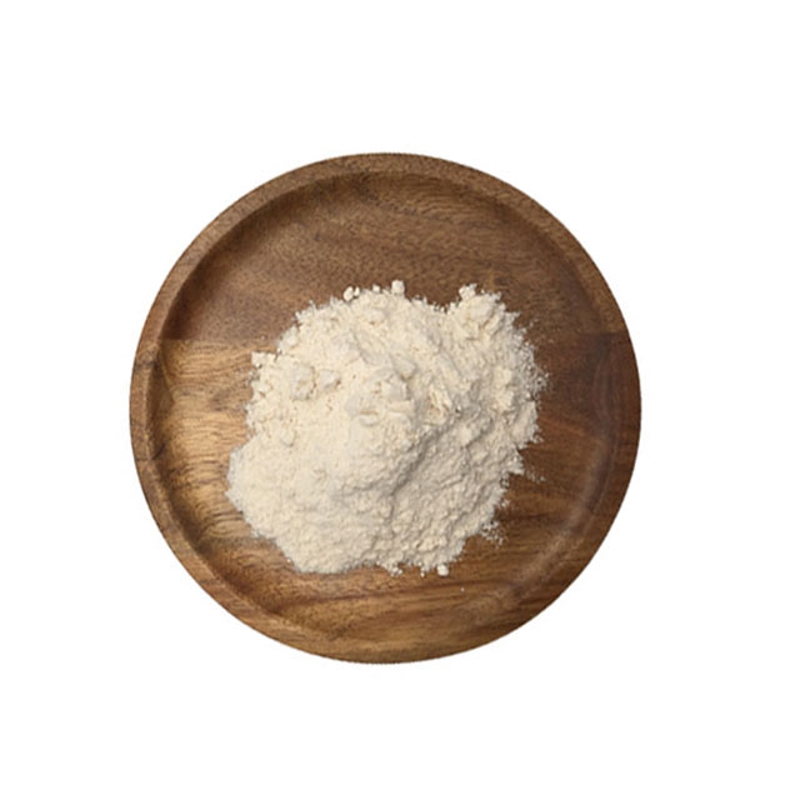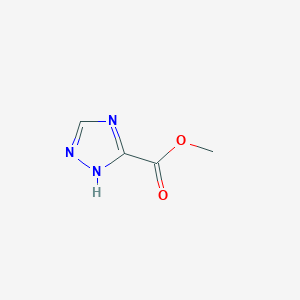Precautions for design and construction of dust-free workshop for food filling and beverage
-
Last Update: 2019-08-13
-
Source: Internet
-
Author: User
Search more information of high quality chemicals, good prices and reliable suppliers, visit
www.echemi.com
Aseptic filling in dust-free workshop of food and beverage refers to the filling method that the semi-finished product fluid which has obtained commercial aseptic state after sterilization is sealed in the sterilized container and filled in a clean environment After filling, the filling container remains sealed to prevent reinfection, so as to achieve a long quality assurance period without preservatives and refrigeration In recent years, aseptic beverage has been widely used in milk, yoghurt, fruit juice and other fillings because of its short sterilization time, less destruction of nutritional components, better color and taste Aseptic filling includes four elements: aseptic filling material, aseptic filling product, aseptic filling environment and complete sealing after filling "Asepsis" indicates that the product does not contain any microorganism that affects the quality of the product, "complete sealing" indicates that the product can be sealed into a certain volume of filling through appropriate mechanical means to prevent microorganism, gas or water vapor from entering the filling 1 Aseptic filling materials, generally including metal cans, glass bottles, plastic containers, composite cans, paper-based composite materials, multi-layer composite soft filling, etc 2 Asepsis of filling products and sterilization of food materials are divided into thermal sterilization and cold sterilization At present, it is mainly thermal sterilization, which is divided into ultra-high temperature sterilization and high temperature short-time sterilization The cold sterilization methods of sterile dust-free room engineering materials mainly refer to ultraviolet and microwave sterilization The simple explanation is as follows: 1 Ultra-high temperature sterilization refers to a kind of technology for processing dairy products or other drinks under the conditions of 135-150 ℃ and 2-8 seconds, respectively 2 The materials with cooking smell can be sterilized by high temperature and short time, and sterilized at 70-75 ℃ and 15-20s 3 Cold sterilization refers to the use of ultraviolet, radiation and microwave irradiation for sterilization Because of the particularity of viscosity, pH value, heat sensitivity and oxidizability, the sterilization methods and equipment are different The pH value often determines the temperature and time when the material is sterilized The pH value depends on the amount of acid in the beverage and the degree of separation The pH value of low acid beverage is more than 4.6, which can provide ideal growth conditions for pathogenic microorganisms, and the saprophytic bacteria can grow well, usually using ultra-high temperature instantaneous sterilization; The pH value of the acid drink is between 3.7-4.6 The pathogenic bacteria are not easy to grow, but the saprophytic bacteria can grow Generally, ultra-high temperature instantaneous sterilization or high temperature short-time sterilization are used The low acid drink can be converted into acid drink by adding acid or fermentation, so as to reduce the requirements of killing bacteria and improve the shelf life This method is used to deal with tomato sweat, cheese and so on in the drink The pH value of high acid beverage is less than 3.7, under which the pathogenic bacteria can not grow and the saprophytic bacteria can not grow, so sterilization is not a problem that needs special attention, and maintaining the quality is the primary purpose Generally, pasteurization can meet the requirements, that is, treatment at 62 ℃ for 30 minutes, or ultra-high temperature instantaneous sterilization or high temperature short-time sterilization, depending on the specific situation 4 Aseptic filling environment Aseptic filling system is mainly divided into two categories: open aseptic filling system and closed aseptic filling system The big difference between them is that the closed aseptic filling system has more aseptic cleanrooms than the open aseptic filling system; the filling materials should be sterilized, shaped and filled in the aseptic cleanrooms Because aseptic room is always full of aseptic gas to keep its positive pressure, so aseptic room can effectively prevent microbial pollution, so it is widely used in beverage production Aseptic filling environment should first ensure that the equipment is aseptic, the main sterilization methods are heating method and chemical method For the open type aseptic filling machine, before aseptic filling, the surface in contact with the product in the filling machine must be sterilized Its sterilization is realized by aseptic hot air (or aseptic hot steam) produced by the filling machine itself In the process of sterilization, the sterile hot air directly contacts the surface between the filling machine and the product for sterilization It is not enough to sterilize the closed aseptic filling machine only through aseptic hot air, but also to ensure the asepsis of the closed space, that is, the sterilization of the asepsis room Before the production, asepsis room is usually realized by hydrogen peroxide spray and aseptic air drying Aseptic air is heated to a certain temperature through the aseptic air heater in the filling machine During sterilization, the liquid hydrogen peroxide is sprayed into the sterile hot air and evaporated instantaneously, so that the mixture of the sterile air and hydrogen peroxide gas enters the sterile room for sterilization, and the hydrogen peroxide condensed on the inner surface is dried through the sterile hot air, so as to complete the sterilization of the sterile room As the sterilization of environment, washing, heating, medicine and ultraviolet irradiation are generally used to sterilize the device and the whole container surface contacting with beverage, while in space environment, medicine is mostly used to sterilize, and the aseptic state of the whole filling system is maintained by entering the sterile air and keeping the whole system under a certain positive pressure, so as to prevent the invasion of microorganism in the external air 。 It is suggested that the external environment of the open aseptic filling system and the closed aseptic filling system is also a positive pressure aseptic and dust-free room How is this dust-free sterile air formed? Its "dust-free" is mainly obtained by circulating filter of junior high school filter; "sterility" is to install "nicoler dynamic sterilization component" in the purification unit, and sterilize the air every time it is circulated, so that the controlled environment is always controlled in the online sterilization condition, without any harm to human body When the equipment is shut down, microorganisms will multiply, which may cause a large number of microorganisms not to be fully killed Therefore, the equipment should be drained as much as possible after cleaning so that there is no water or solution residue 5 Filling and sealing is the last and key link for aseptic filling, which directly affects the filling quality and storage period of products On the one hand, it can prevent the invasion of microorganism and gas or water vapor, on the other hand, it can not let the product's own smell and original liquid overflow Most aseptic filling and sealing adopt heat sealing, ultrasonic sealing, film sealing and air sealing Some adopt folding and sealing When sealing, pay attention to the pressure evenly distributed on the sealing surface The sealing process conditions such as sealing temperature, time and pressure must have safety limits and can be controlled The sealing surface should avoid product or other pollution; The sealing position must be accurate, especially in the case of hot forming / filling / sealing with the same machine, the deviation of sealing position shall be prevented.
This article is an English version of an article which is originally in the Chinese language on echemi.com and is provided for information purposes only.
This website makes no representation or warranty of any kind, either expressed or implied, as to the accuracy, completeness ownership or reliability of
the article or any translations thereof. If you have any concerns or complaints relating to the article, please send an email, providing a detailed
description of the concern or complaint, to
service@echemi.com. A staff member will contact you within 5 working days. Once verified, infringing content
will be removed immediately.







